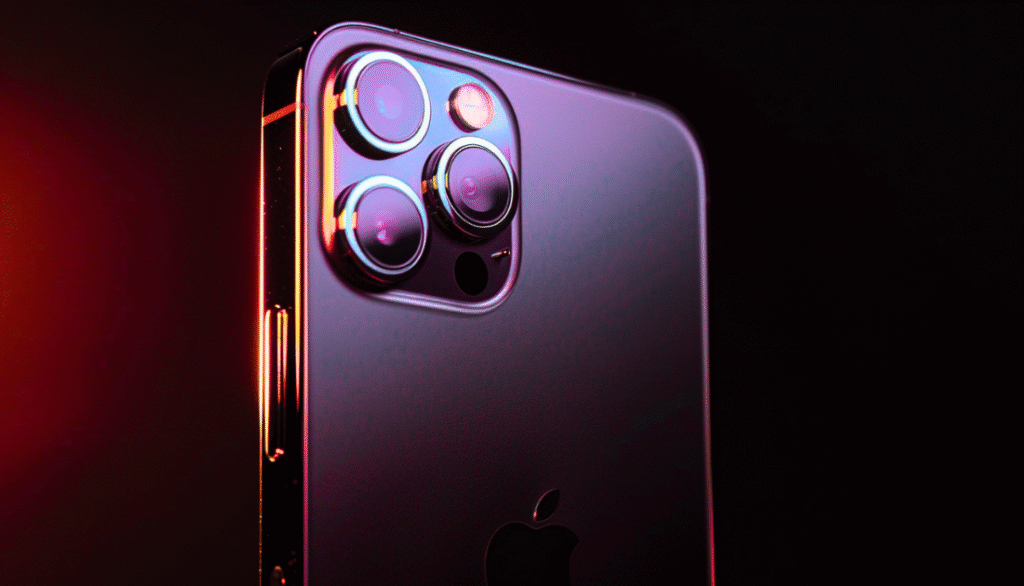Apple’s upcoming iPhone 17 lineup, expected to debut in September, may bring price increases for most models, according to a new investor note by Jefferies analyst Edison Lee.
Highlights
- Price Hike Expected: Most iPhone 17 models may see a $50 price increase due to rising component costs and trade tensions.
- Base Model Stable: The standard iPhone 17 is expected to retain its $799 price point, appealing to budget-conscious buyers.
- New iPhone 17 Air: A mid-tier model, likely replacing the 16 Plus, may launch at $949 with upgraded specs and design.
- Chip & RAM Upgrades: A19 chip in base models; A19 Pro for Pro models. RAM increases to 8GB–12GB across the lineup.
- Camera Enhancements: Pro series may include a 48MP telephoto lens and new 12MP front camera, plus vapor cooling and display upgrades.
- Strategic Pricing: Apple’s pricing reflects efforts to offset a $900M tariff hit while maintaining market competitiveness.
- Demand Outlook: Analysts warn of potential short-term demand dips due to consumer anticipation of new models.
- Manufacturing Shift: Apple continues moving production to India; however, Pro Max remains China-based and tariff-exposed.
- Global Pricing Pressure: International markets may face steeper hikes due to taxes, currency shifts, and import duties.
- Release Window: Launch expected between September 8–12. A foldable iPhone could follow in 2026.
These potential adjustments are reportedly driven by rising component costs and ongoing geopolitical tensions, particularly related to U.S.-China trade dynamics.
Standard iPhone 17 May Retain Launch Price
While most models in the lineup are expected to see a price bump, the base iPhone 17 is projected to maintain its launch price of $799, aligning with the iPhone 16’s pricing.
By contrast, the iPhone 17 Pro may start at $1,049, while the Pro Max could be priced at $1,249 —both reflecting a $50 increase from their predecessors.
Introduction of iPhone 17 Air as Mid-Tier Option
Apple is also expected to introduce a new model, the iPhone 17 Air, likely replacing the iPhone 16 Plus. This variant may launch at $949, compared to the 16 Plus’s $899 (₹75,500) launch price.
The pricing shift may reflect global supply chain pressures and anticipated tariff implications, particularly in markets like India, although such impacts have not yet been fully accounted for.
Hardware and Performance Enhancements
The iPhone 17 and 17 Air are expected to feature Apple’s new A19 chip, while the Pro and Pro Max models may ship with the more advanced A19 Pro. RAM upgrades are also anticipated—8GB for the base model, and up to 12GB for the Air, Pro, and Pro Max variants.
Camera improvements are reportedly focused on the Pro series, which may include a new 48MP telephoto sensor and a 12MP front-facing camera.
Additional updates could include the integration of a vapor chamber cooling system and a new anti-reflective, scratch-resistant display coating—enhancing both thermal efficiency and device durability.
Price Hike Positioned as Strategic Move
The $50 increase, which amounts to a 4–5% uptick, is being interpreted as part of Apple’s strategy to address rising production and tariff costs.
Edison Lee notes that Apple incurred a $900 million tariff-related charge in Q2, prompting the company to explore options to maintain profit margins. The pricing adjustment is viewed as one lever to absorb some of these costs while maintaining product competitiveness.
Standard Model’s Flat Pricing Reflects Targeted Positioning
Reports from Bloomberg and Notebookcheck indicate that Apple’s decision to hold the base model’s price steady may be aimed at appealing to first-time buyers or price-conscious consumers.
This approach may allow Apple to broaden its customer base while reserving higher pricing tiers for users seeking premium features.
Anticipated Demand Trends
While Apple reported strong device sales in Q2, analysts from UBS observed a slowdown in demand in June—possibly due to consumers accelerating purchases ahead of expected price changes.
Jefferies recently downgraded Apple’s stock rating to Hold, suggesting the potential for moderated demand during the September launch window if customers delay purchases in anticipation of new models.
Supply Chain and Tariff Considerations
Apple continues to shift production to India; however, Pro Max models remain primarily manufactured in China, leaving them more vulnerable to trade tariffs. These costs remain in flux as negotiations continue.
If Apple succeeds in expanding its manufacturing footprint in India by 2026, it may gain more flexibility in managing international pricing.
Price Increase Linked to Feature Advancements
According to further analysis from sources like Medium, the price changes may not be solely attributed to inflation.
Apple’s pricing strategy appears to be aligned with a value-based model—emphasizing innovation in areas like AI integration, improved camera systems, and Pro-level capabilities, rather than a simple pass-through of increased costs.
International Market
While the U.S. price hike is relatively modest, international buyers may face steeper increases due to currency fluctuations, import duties, and regional tax structures. Historically, such adjustments have led to more significant price jumps outside the U.S.
The iPhone 17 series is expected to launch between September 8 and 12, continuing Apple’s typical early fall release schedule. Also, rumors suggest that Apple may release its first foldable iPhone as early as September next year.


